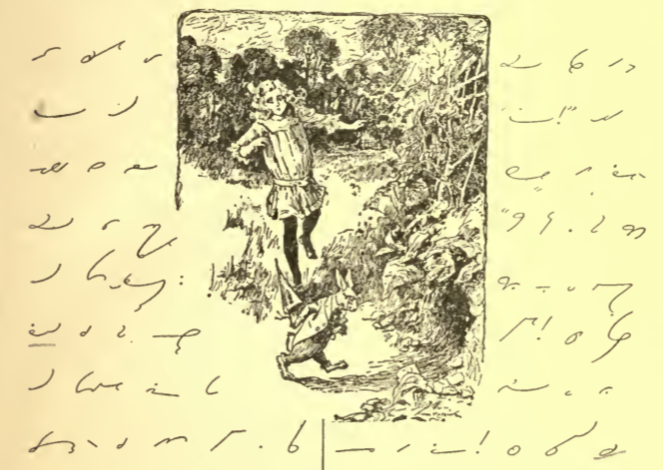There’s a great deal of music in American Hustle (originally and more appropriately called American Bullshit), no surprise for a period picture that takes great care with the costumes and especially the curls of its con-men characters. What is surprising is that a great deal of the admittedly great music chosen is a little rote, either in terms of sonic 70s shorthand (Donna Summer’s “I Feel Love” stands for disco and drugs) or through blunt lyrical parallels (Santana’s “Evil Ways” or Steely Dan’s “Dirty Work”). It’s not all that obvious, though, as on-set improvisation led director David O. Russell and Jennifer Lawrence to take Wings’ “Live and Let Die” and turn McCartney’s Bond tune into a villainous call to arms for Lawrence’s dangerously unbalanced character.
Two of the tracks that are used reference books not by Ian Fleming. The first, Elton John’s “Goodbye Yellow Brick Road” uses its tale of Oz to highlight the fact that the conmen’s Arab ‘sheikh’ is a fraud. The second is Jefferson Airplane’s “White Rabbit”, a song about Alice passing through the looking glass, about what happens when “when logic and proportion have fallen sloppy dead,” as Grace Slick’s lyrics put it. In Hustle, however, the song appears in an Arabic version by Lebanese singer Mayssa Karaa specially commissioned for the film. It is the first time in the film that the music effects the kind of creeping menace that Martin Scorsese’s famous pop-song-soundtracked tracking shots pioneered.
In a film where language and impersonation are key (Amy Adams spends most of the film artfully tripping on her own fake upper-class British accent), the choice is inspired, especially as the Jefferson Airplane original has been used powerfully on film before (David Fincher’s The Game for one, or Oliver Stone’s Platoon), but mostly to soundtrack psychedelic excess. It makes the canonical classic feel somehow new; this despite the fact that its bassline has shown up in equally well-known songs by The Jacksons and Madonna (“Can You Feel It” and “Material Girl”, respectively). FYI: “White Rabbit” also enhanced the Sugababes’ debut single “Overload” with its timeless insouciance.
The season’s other film about lupine con-men stealing mountains of money from a greedily unsuspecting public, Scorsese’s “The Wolf of Wall Street”, has a more playful soundtrack (and at 60 licensed tracks that’s a relief). It alternates between Scorsese’s favorite old blues records (Howlin’ Wolf, Elmore James, John Lee Hooker) and hits simply setting up the 1990s setting (The Outhere Brothers, Foo Fighters, Naughty By Nature). The greatest surprises come from covers, early on with another Bond tune, “Goldfinger”, here covered by Sharon Jones & the Dap Kings, and the Beach Boys’ “Sloop John B” in a punkefied edition by NOFX spin-off Me First & the Gimme Gimmes. First recorded in 1930 by Blind Blake and at that point called “John B. Sail”, the traditional has had a rich recording history, with perhaps (for our purposes) the highlight being this Swedish version by Dutch singer-songwriter Cornelis Vreeswijk and Ann-Louise Hansson.
Wolf’s best soundtrack moment comes when the FBI finally raids DiCaprio’s company and we get to listen to a large slice of the Lemonheads’ cover of “Mrs. Robinson”, the song originally a hit from the soundtrack to The Graduate in 1967. Though the grungy cover was first used on screen in Wayne’s World 2 and it at first seems to mainly be used to make some 90s noise, some of the song’s final lines are placed over footage of the lead FBI agent (hi there, Coach Taylor!) riding home on the NYC subway, leaving the scum of Wall Street far away as dreamboat Evan Dando croons “Every way you look at it you lose”, neatly summarizing Scorsese’s message about the financial markets.

